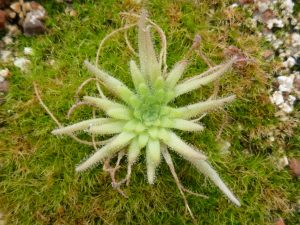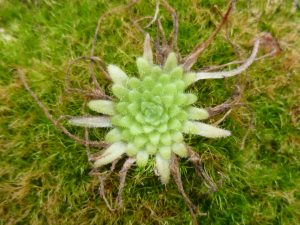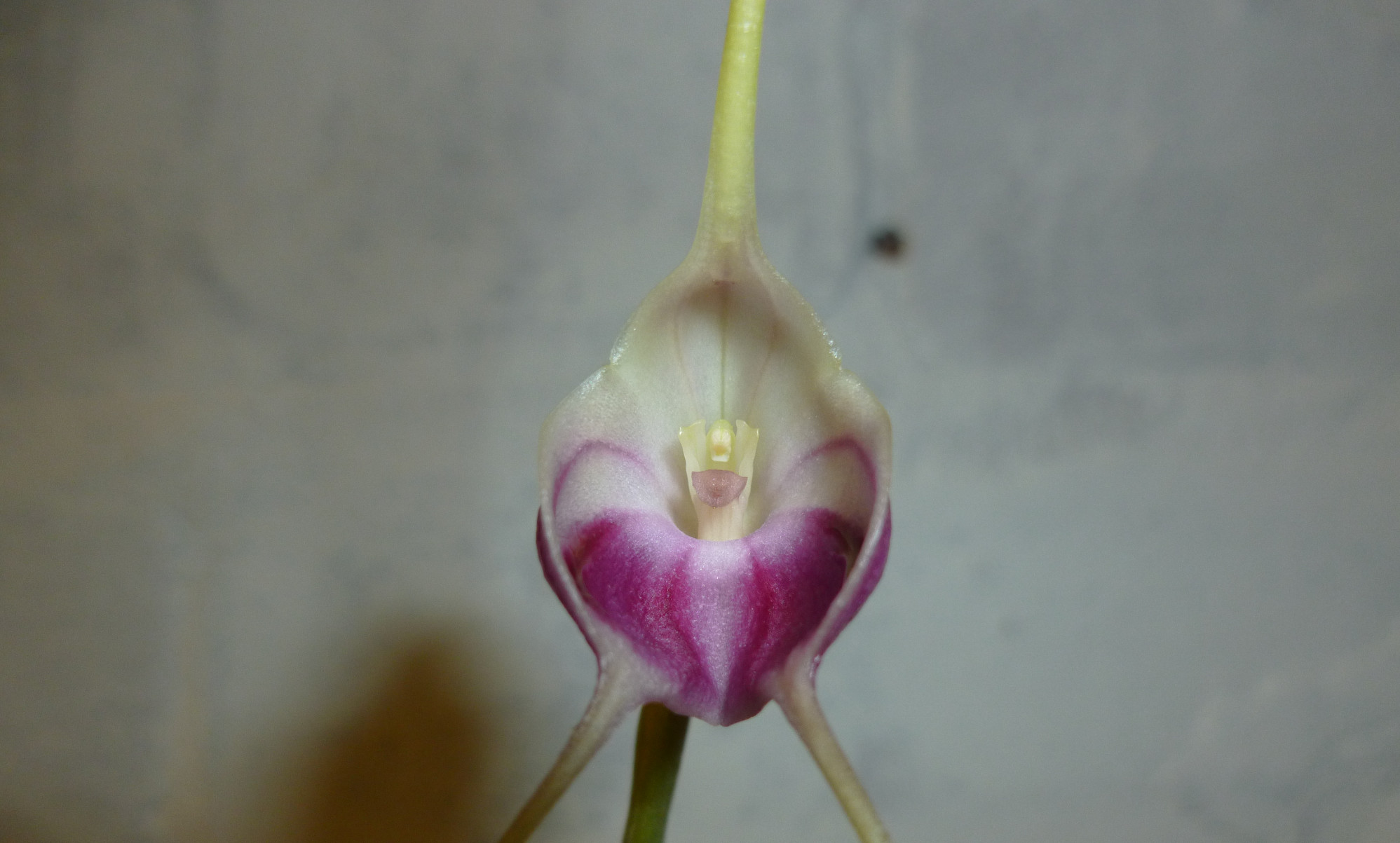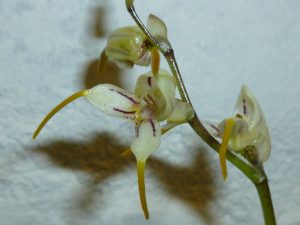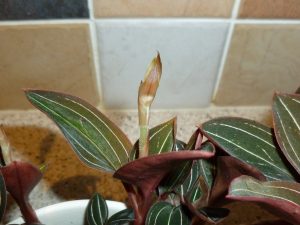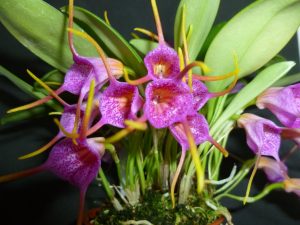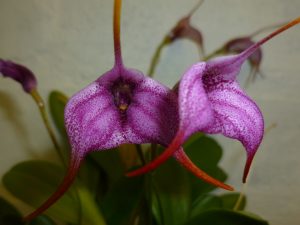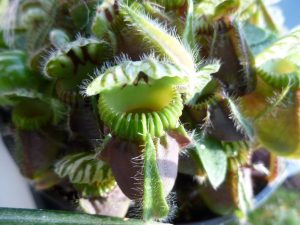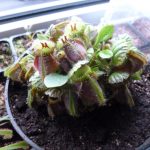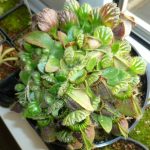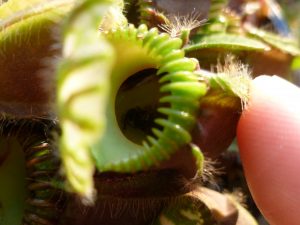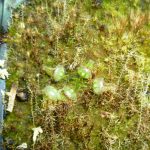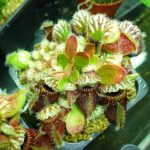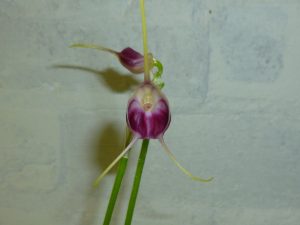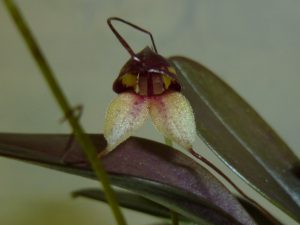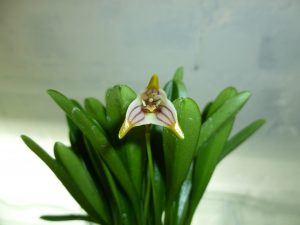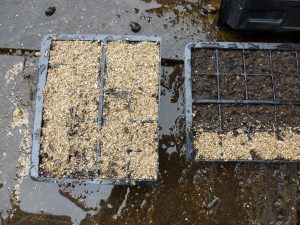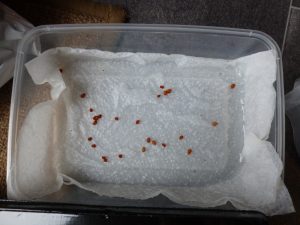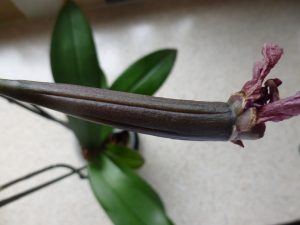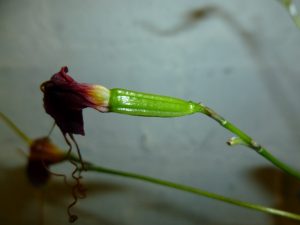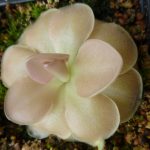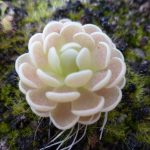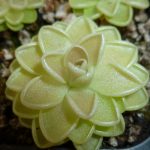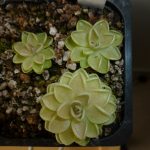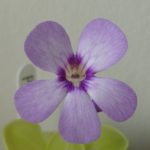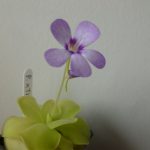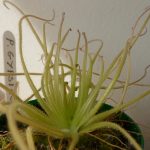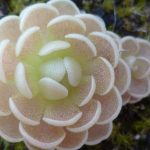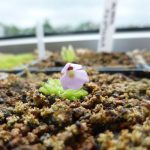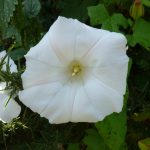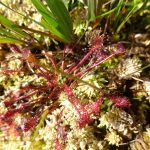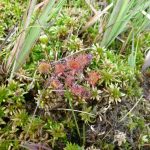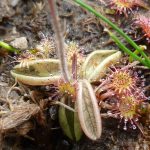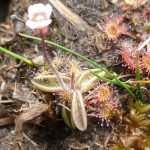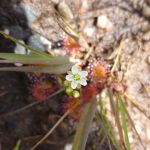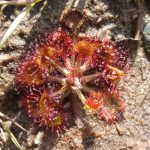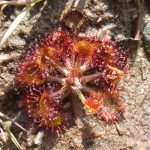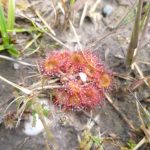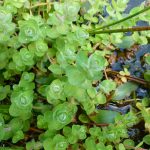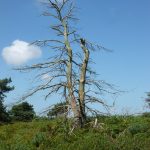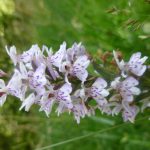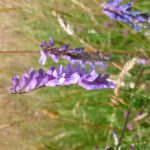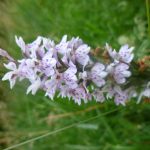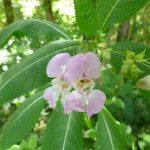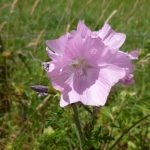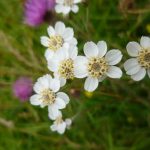I should probably state off the bat, that 2017 hasn’t been the best Pinguicula growing season for me. 2016 everything was going really well, I had lots of new species and new growth over that summer. Come early 2017 I repotted a large proportion of my pings into a new mix. Some have thrived and others have seemed ok but shown little growth, or at least less than I’d expect. Losing my patience I repotted some of those much later in the year than I should have, in a different mix. A number then died, thankfully they were all species I have multiples of. After that, I learned my lesson and left them alone to grow.
So now I’m left wondering which of the two mixes that should both be suitable is worse and if the totally crap grey summer has played its part. For species native to Mexico, even UK summer sun is probably pretty weak compared to the bright shade they’d be used to, and the seemingly unrelenting grey we had between May and November (Its been sunny so far in Dec!) was maybe just a bit too dim for good growth. I’m going to leave them over the winter and into spring and only repot for propagation (from leaves) or from species that are overcrowding their pots.
Its not all doom and gloom – as I mentioned a number of species have thrived this year and most have seemed happy enough once I left them alone. I’m especially happy with my success in propagating Pinguicula gypsicola which has been said to be tricky. I’ll be doing that again in the new year and in larger numbers as I seriously love this species.
On the good stuff. My Pinguicula ehlersiae x immaculata is flowering again, and my Pinguicula moctezumae and Pinguicula ‘Aphrodite’ are now flowering. I’ll ignore the fact that my other ‘Aphrodite’ was one of the ones lost in the repot experiment. Pics below, some taken as part of another experiment in to what I can actually get my cheap ‘point and shoot’ camera to come out with. Pretty happy with a couple of the results.
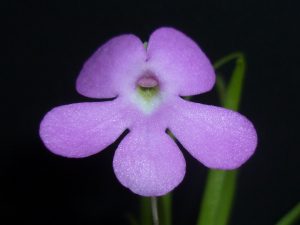
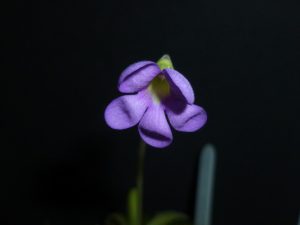
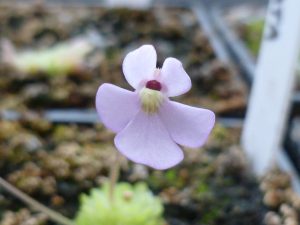
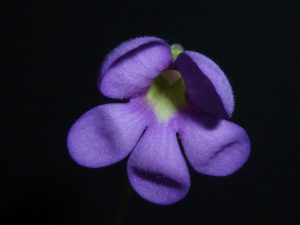
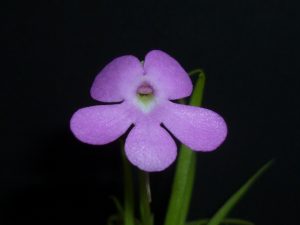
As we go into winter most Mexican ping species have a dry winter dormancy period where they loose their wet dewy leaves and form tighter succulent like rosettes. During this time I give little if any water. Some species like the gypsicola are very noticeably different, others like my ‘x Tina’ hybrid only get a little smaller during this time. The rule of thumb seems to be, the tighter the rosette the less water needed. The gypsicolas will not get a drink now until the spring. The ‘x Tina’, ‘x Weser’ and agnata plants (and similar) get a few drops from time to time. Below you can also see how one of my young gypsicolas changes in a month from its small fronds to a tighter rosette.
